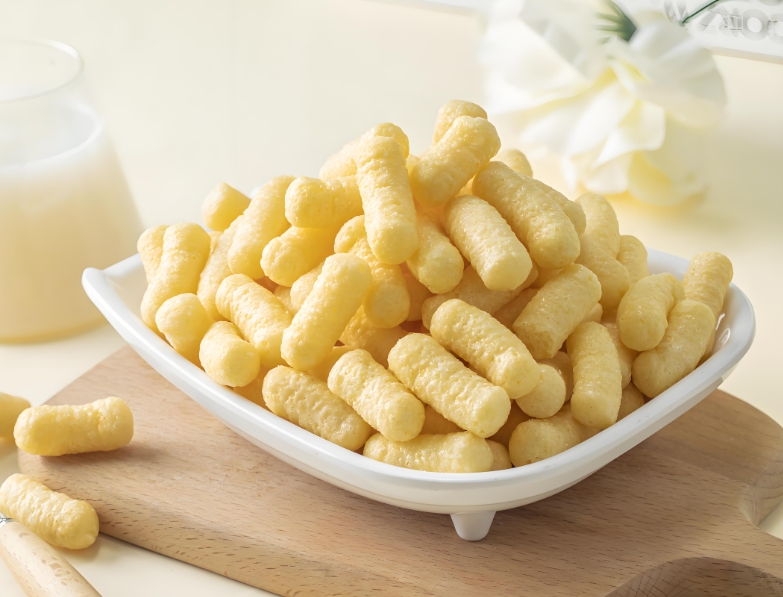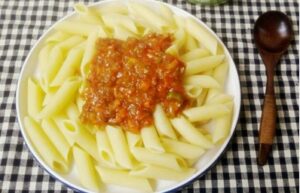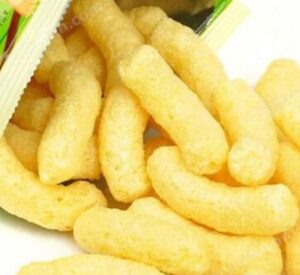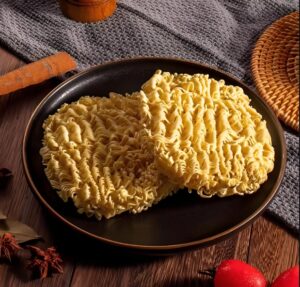corn puffed snack food machine double screw extruder
ToggleHow to Control the Expansion Ratio in Food Extrusion Processing
1. Introduction
The expansion ratio (or puffing degree) is a critical quality parameter in extruded food products, affecting texture, density, and consumer appeal. Controlling expansion ensures consistent product quality in snacks, breakfast cereals, pet food, and meat analogs. This article explores key factors influencing expansion and methods to regulate it effectively.
2. Key Factors Affecting Expansion Ratio
A. Raw Material Properties
- Starch Content
- High-starch materials (e.g., corn, rice) expand more due to gelatinization.
- Protein-rich or fiber-heavy mixes (e.g., soy, oats) reduce expansion.
- Moisture Content
- Optimal range (12–20%): Too little moisture limits gelatinization; too much causes excessive steam flash-off, leading to uneven expansion.
- Lipid & Fiber Content
- Fats (>5–8%) lubricate and reduce expansion.
- Insoluble fiber (e.g., bran) disrupts starch matrix, lowering puffing.
B. Extrusion Process Parameters
- Barrel Temperature
- Higher temperature (120–180°C) → More starch gelatinization → Higher expansion.
- Excessive heat may cause burning or over-expansion (brittle texture).
- Screw Speed & Shear
- Faster screw speed increases mechanical shear, improving starch melting but may reduce expansion if overworked.
- Twin-screw extruders allow better shear control than single-screw.
- Die Pressure & Design
- Higher pressure before the die (10–20 MPa) → Greater sudden expansion at the exit.
- Smaller die holes increase resistance, enhancing puffing.
- Residence Time
- Longer retention in the barrel ensures complete cooking but may degrade expansion if excessive.
3. Methods to Control Expansion Ratio
A. Adjusting Formulation
- Increase expansion: Use high-starch flours (corn, rice) + low fat/fiber.
- Reduce expansion: Add proteins (soy, whey), lipids (oil), or fiber (oat bran).
B. Optimizing Process Conditions
- Temperature Profile
- Gradual heating in zones (e.g., 60°C → 120°C → 160°C) ensures uniform gelatinization.
- Post-extrusion drying stabilizes expanded structure.
- Moisture Control
- Pre-conditioning (steam injection) ensures uniform hydration.
- In-line moisture sensors help real-time adjustments.
- Die & Cutting Adjustments
- Conical dies promote smoother expansion than straight dies.
- Variable knife speeds influence product shape and density.
C. Advanced Techniques
- Supercritical CO₂ injection: Enhances expansion with lower temperatures.
- AI-based monitoring: Uses sensors to auto-adjust screw speed, temperature, and feed rate.
4. Troubleshooting Common Expansion Issues
| Problem | Possible Cause | Solution |
|---|---|---|
| Low expansion | Insufficient starch, low temperature, high moisture | Increase starch content, raise barrel temperature, reduce feed moisture |
| Over-expansion | Excessive heat, too little protein/fiber | Lower temperature, add protein/fiber to the mix |
| Uneven puffing | Inconsistent moisture, poor mixing | Improve preconditioning, use twin-screw extruder |
| Collapsed structure | Rapid cooling, high fat content | Optimize drying process, reduce oil in formulation |
5. Conclusion
Controlling expansion in food extrusion requires balancing raw material properties, machine parameters, and process design. Key takeaways:
- Starch gelatinization and moisture management are fundamental for puffing.
- Twin-screw extruders offer better control than single-screw for complex products.
- Real-time monitoring (e.g., IoT sensors) is the future for precision expansion control.
By fine-tuning these factors, manufacturers can produce consistent, high-quality expanded foods tailored to market needs.
Keywords: Expansion ratio control, food extrusion puffing, starch gelatinization, extruder die design, snack manufacturing.
Would you like a case study on a specific product (e.g., cheese puffs or protein crisps)?









